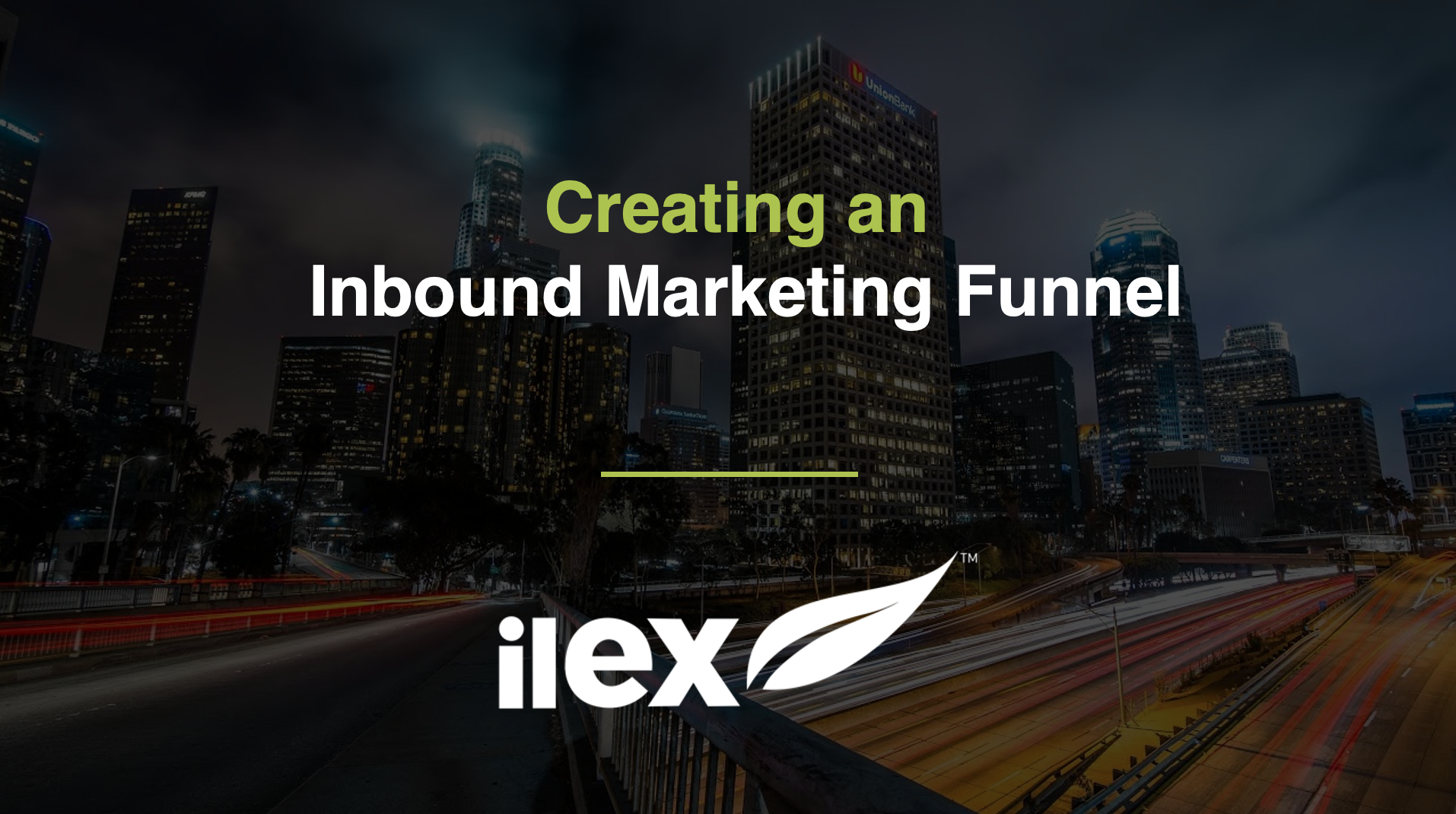A lot of the content potential customers consume online has a very specific purpose - to get them to buy, sign up or learn more about your business. So, when potential customers visit your site, what would be the ideal scenario for your business? Creating content that converts is usually the number one objective for many B2B companies.
If you are putting relevant content out for your audience to read and interact with daily through social media and your website, then you have already taken the first step of creating an inbound marketing funnel. With a solid inbound marketing funnel in place, your business will be able to engage with and influence customers at every stage of the buyer’s journey.
So, what is an inbound marketing funnel?
An inbound marketing funnel is a way of breaking down the customer journey. It takes your potential customer from learning about your business right through to when they’re ready to buy your product or service.
Through analysis of each stage of the buyer’s journey, the marketing funnel is a tool that can show businesses what actions they must do to influence and reach customers in each phase. It is used as a tool by B2B companies to get discovered by prospective customers. You can firstly convert them to a lead and then nurture them into sales-ready contacts that you can sell to.
The most successful companies will adjust their business strategies to address all four phases of the funnel.
What are the four phases of the marketing funnel?
Attract
The first step in creating a marketing funnel is to set a quantifiable goal.
Instead of intruding on potential leads with ads or unsolicited emails, the inbound marketing funnel attracts leads by providing helpful content that gives them the information they seek. Creating a well-researched buyer persona helps you understand your target audience and drives the direction of your content, as well as your overall inbound strategy.
Engage
The engage stage is all about how you turn your website visitors into leads. This is the stage where you need to make clear that buying from you is their best option. Offering relevant content through a sign-up form on your site such as an eGuide or free demo can help a potential lead establish that you provide the solutions to their pain points. Creating call to actions (CTAs) and landing pages can also be an insightful and engaging way to showcase what you can offer them.
Close
The next stage of the marketing funnel is to convert your leads into customers. Throughout this stage you need to be educating and providing value through relevant content that shows how you can solve their problems. You can also use your social media channels to interact and engage. By staying relevant, nurturing contacts and talking to leads, your business will increase its chances in converting leads into customers. When they are ready to purchase, you can then reach out with offers to book a meeting with your team.
Delight
The final stage of the inbound marketing funnel is crucial to your overall success. This stage is about providing help and support after customers have purchased from you. For example, email marketing is a simple but effective way to keep in touch with your customers, making sure you are always providing solutions to their problems and increasing brand loyalty.
Using an inbound marketing funnel for your B2B company will help you naturally guide your customers through the buyer’s journey towards the products and solutions you offer.
If you need help building your inbound marketing funnel and driving your customers through their journey using content creation, then get in touch today.



